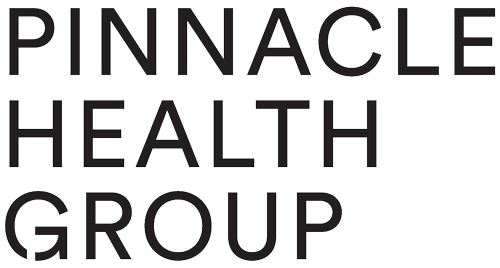Have you ever gone for a run, or perhaps a long walk – only to develop pain in the shins afterwards? ‘Shin splints’, or medial tibial stress syndrome, is a common condition, yet for many, it remains a mystery as to how to avoid and treat this painful and sometimes debilitating problem. As many as one out of five runners will develop this condition at some point in their career.
Shin Splints can occur due to chronic traction of a muscle called ‘tibialis posterior’ off its attachment to the shinbone. This is when the muscle is literally getting ‘pulled’ excessively from its attachment at the bone, repetitively. This can be related to the analogy of pulling your finger backwards for a long period of time – eventually, it will start to hurt as the muscles and ligaments in the finger are getting stretched in an unnatural position. This is the same thing happening at the shin.
Some may have learnt that relative rest and anti-inflammatories ease the pain and provide relief at the time, only to find that the problem reoccurs after the next run or walk. This is because these methods are only treating the symptoms of shin splints but are not addressing the underlying problems that lead to this pain.
The three most common factors leading to shin or foot pain after high impact activity include:
1. Muscular imbalances
This is an imbalance between the strength and length of two or more opposing muscles.
Commonly seen in people with this condition is a weakness in a group of muscles called the ‘dorsi flexors’ – these muscles are situated at the front of your lower leg, and help to lift your foot up towards the shin. Those with weak dorsi flexors will be ‘foot slappers’ when running – in other words, you will be able to hear your foot slapping down on the ground as your dorsi flexor muscles do not have the strength to slowly lower your foot down lightly as you run; this is called eccentric control.
There may also be tightness in the calf muscles which restrict the foot from being able to adequately dorsi flex – this will decrease the ability for your foot and leg to absorb shock when for example, climbing a steep hill, an activity that requires a good range of movement of the foot upwards towards the shin.
2. Incorrectly fitting shoes
Shoes of the wrong size, softness or support can interfere with your running technique, causing a change in your biomechanics and thus increased loading and stress around your shins, leading to pain. It is important to get the right support for your feet. For instance, those with overly pronated feet, or a ‘flattened’ or ‘collapsed’ arch, may need a shoe insert or orthotics to provide support for the arch.
3. Postural imbalances
Poor posture and biomechanical imbalances in the knees, hips and lower back can affect how you displace the weight over your shins, thus if there are deficiencies higher up this can place incorrect loading over your lower legs, manifesting in pain. Furthermore, if your foot is excessively or under pronated this can lead to stress on the tibia bone.
It is important to get shin pain checked out by a physiotherapist so they can differentiate it from other similarly presenting conditions. This includes a fracture of the tibia bone, or pain due to ‘compartment syndrome’ – a condition in which blood vessels become compressed due to inflammation and swelling of the muscles within the compartment, leading to a compromised blood supply to these muscles. In acute cases, this is a medical emergency as, without blood, the muscles will die.
Diagnose your Shin Splints
When you book a consultation with Pinnacle Health Group, the Physiotherapist and Podiatrist will conduct a thorough assessment to see what could be contributing to your shin pain. This will most likely include a biomechanical assessment of your feet, ankles, knees and hips while you run, walk and jump. Specific exercises will be prescribed based on improving your individual biomechanics; a generic set of exercises does not work. The exercises will be based on increasing strength, flexibility, balance and proprioception.
